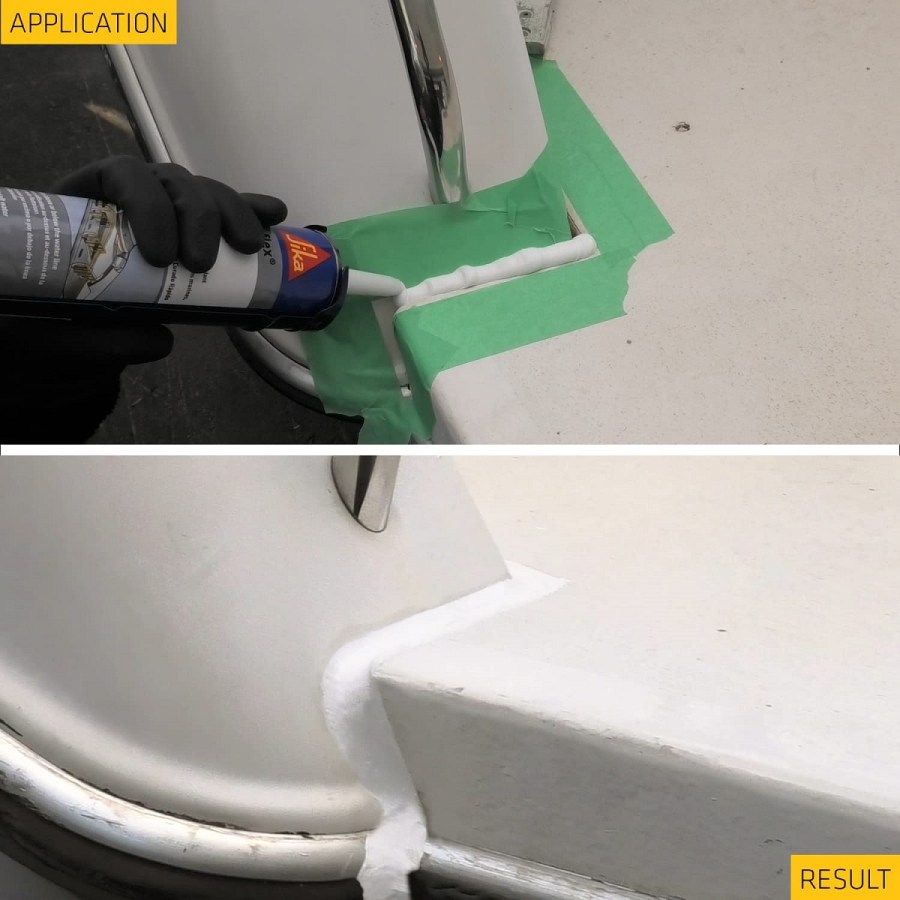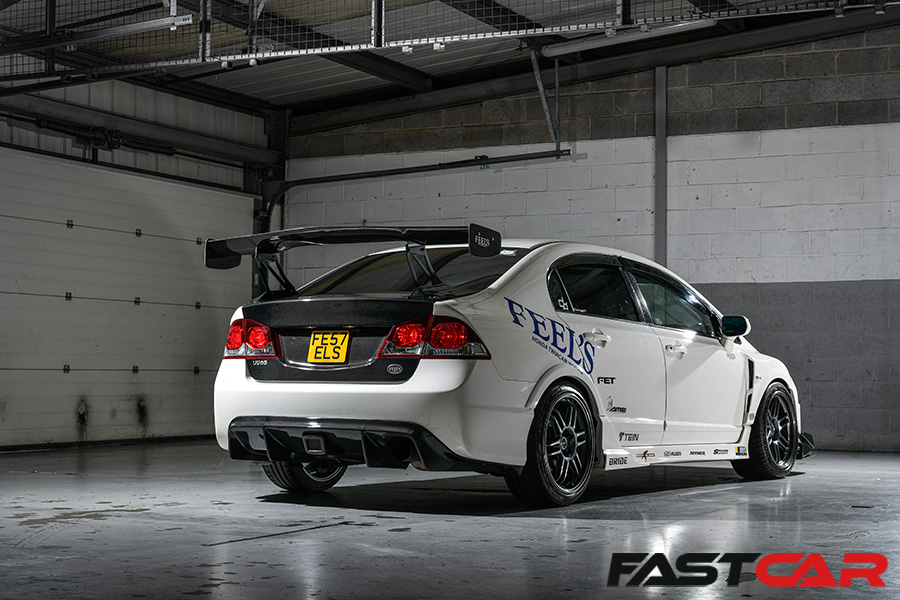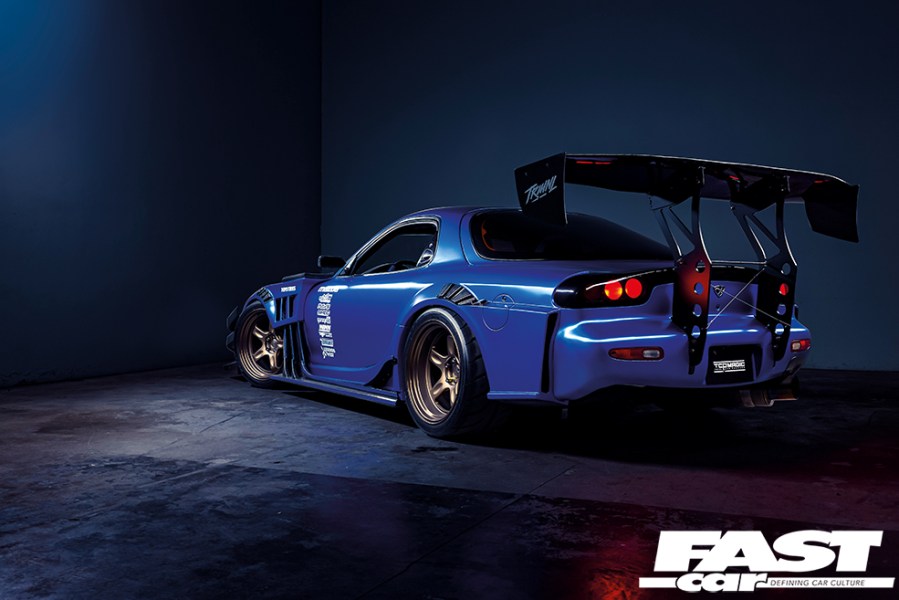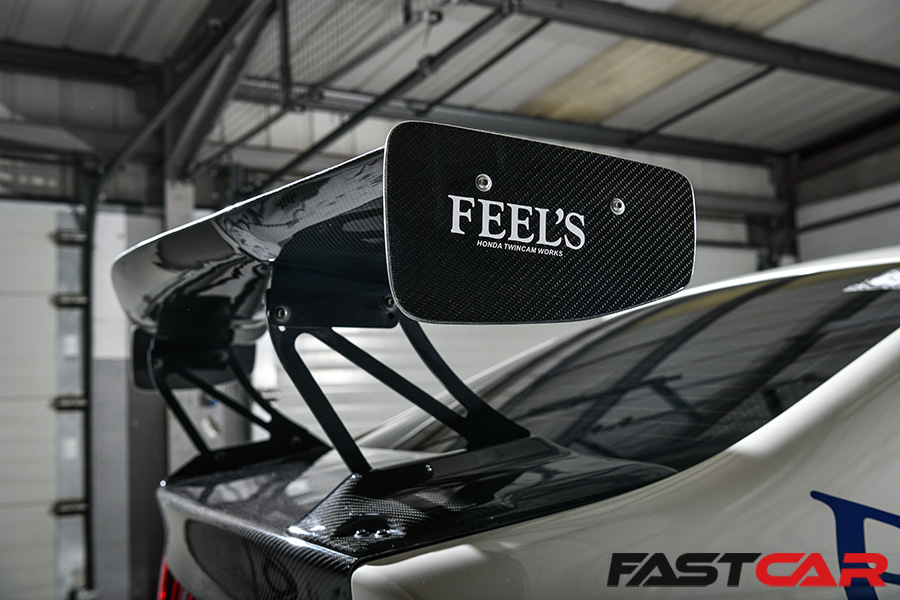Fitting a rear wing is a common body modification for any car, so we figured we’d show you how it’s done. Here’s how to fit a car spoiler.
Rear spoilers are something that’s almost assured to be fitted to any performance car, be it production, modified, or race car, and when it comes to modified cars it’s the most common bodywork modification people choose to do. But how do you fit one? Well the simple answer is there is no single way, as it depends on the item itself, and to some extent it depends on its use too. But read on and we will show you all the ways it’s done…
How To Fit A Car Spoiler
Self-Adhesive
By far the simplest spoiler to fit is one of the self-adhesive ones that are available. These come with self-adhesive strips attached to them, so you simply have to clean and de-grease the area where you want to attach it, remove the covering of the self-adhesive strip, and place it on, job done.
However, be aware that quality matters a lot when it comes to the effectiveness of this, both in quality of the adhesive strip and overall fitment quality. To maximize the chances that this spoiler will fit nicely and securely, holding it in place tightly with clamps or masking tape for an hour or two is a sensible move.

Sealant
If you don’t know that this is genuinely a viable way to fit certain rear spoilers, this could sound ridiculous, but yes, certain heavy duty sealants are incredibly strong and more than capable of holding spoilers on to cars. Sealants like Sikaflex are actually used to bond production vehicle components together, including the rear spoilers on some vehicles. In fact, it’s used frequently instead of bolting and welding on many modern busses and commercial vehicles, allowing lighter weight and easier construction.
Using sealant to bond a rear spoiler on isn’t ideal for all types, but ones with a large surface area that touches the bodywork, such as rear hatch spoilers, ducktail spoilers, and so on, can certainly be attached in this way.
The process is similar to the self-adhesive spoiler, but the use of clamps or strong tape to hold the spoiler in position until the sealant dries is absolutely vital; especially as if it sets while in the wrong position it will be an incredibly difficult job to correct this problem.
Another thing to bear in mind is, while these sort of sealants bond incredibly well to almost all surfaces, including glass and metal, make sure this surface itself (and that includes paint) is strong enough to handle having something hanging off it without failing!

Bolt-on
This is by far the most common way to fit a spoiler, both OEM and Aftermarket. While far more in-depth than simply using some sticky stuff, it works well, is easy to remove if need be, and is strong too.
To achieve this, first you will need to remove any interior trim panels and components that will be on the underside of where the spoiler will sit, or you simply won’t be able to reach to fasten the spoiler with the required nuts and/or bolts.
Next up, the scary part, drilling holes in your bodywork! You need to determine where the holes need to be made, then mark them so you know exactly where to drill. Ideally add masking tape to the area first to minimize paint damage and use a center punch to make an initial indent so the drill stays steady.
While bodywork tends to be thin enough to cut fairly easily, a stepped drill bit is ideal, as this allows you to start with a small hole and gradually go larger without needing to change drill bits. Once the holes have been made, it’s a wise move to touch up the paint around the newly cut holes to prevent rust developing over time.
Once that’s all done it’s time to mount the spoiler in place, bolt it up tight, and refit all the trim you removed. And just like that, you’ve fitted your own rear spoiler.

Chassis mounted
This is where things get serious, and while it’s origins are from hardcore race cars, chassis mounted wings are becoming more and more popular on modified cars for aesthetic reasons too.
As the name suggests, these spoilers aren’t fitted to your car’s body panels like a typical one. Instead they are fitted directly to the car’s chassis, eliminating flex and therefore maximizing potential downforce. They also happen to look mean as hell too.
Sometimes they are designed to bolt to pre-existing holes in the chassis, other times strong mounts need to be welded to the chassis or even the roll cage to mount them from. But regardless, one thing you will need to do is make holes in your bodywork.
As they are chassis mounted, these holes aren’t to put the bolts through, but are for the spoilers mounting legs to pass through. It’s often not noticeable at first glance, but this is how the majority of large GT style wings on serious race cars are mounted, going through holes in the bodywork directly to additional strengthening bars added to the chassis.
The one issue to be aware of is this: whatever body panel the spoiler legs pass through will now be much more difficult to remove or open, and often will require the wing to be removed for access.




